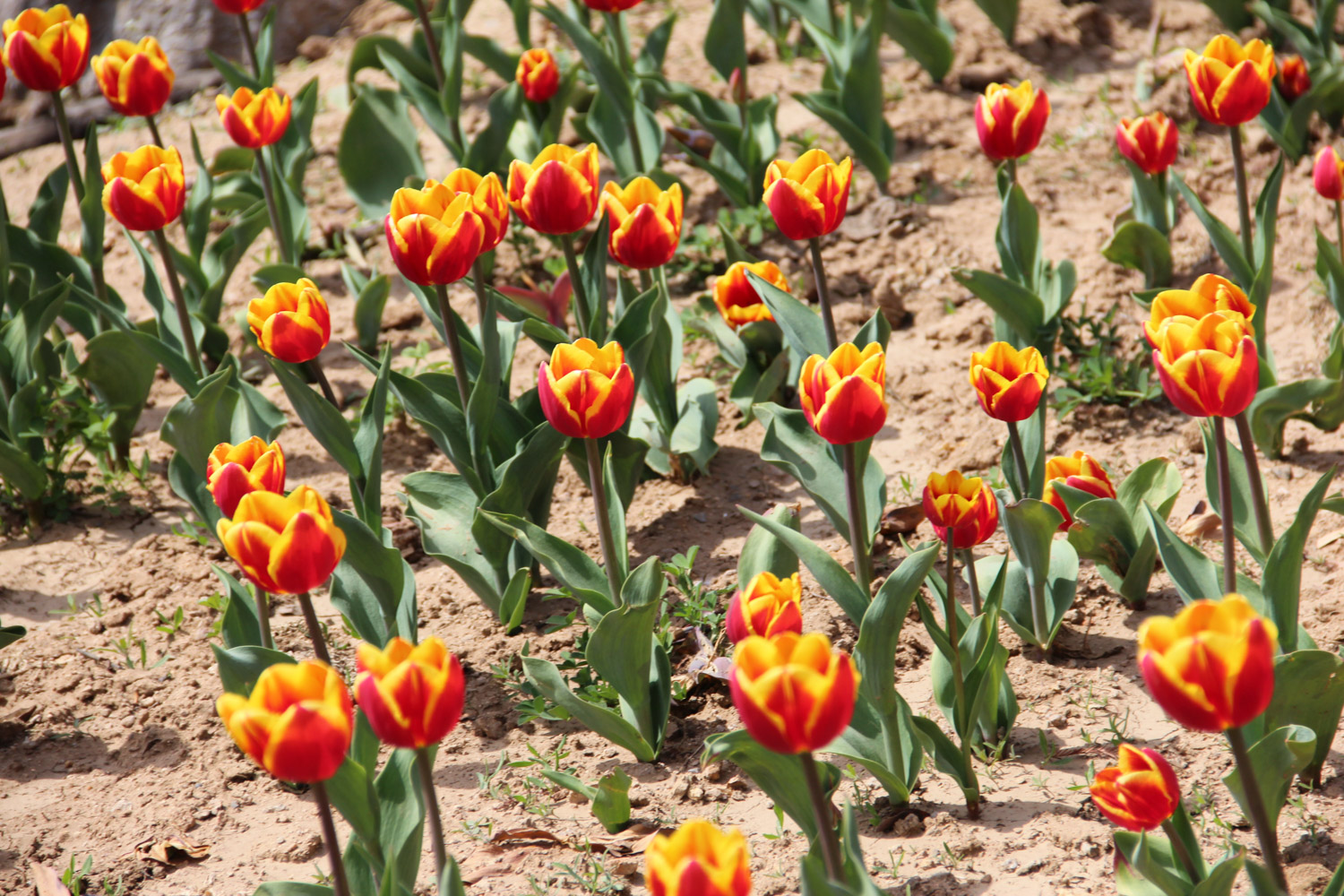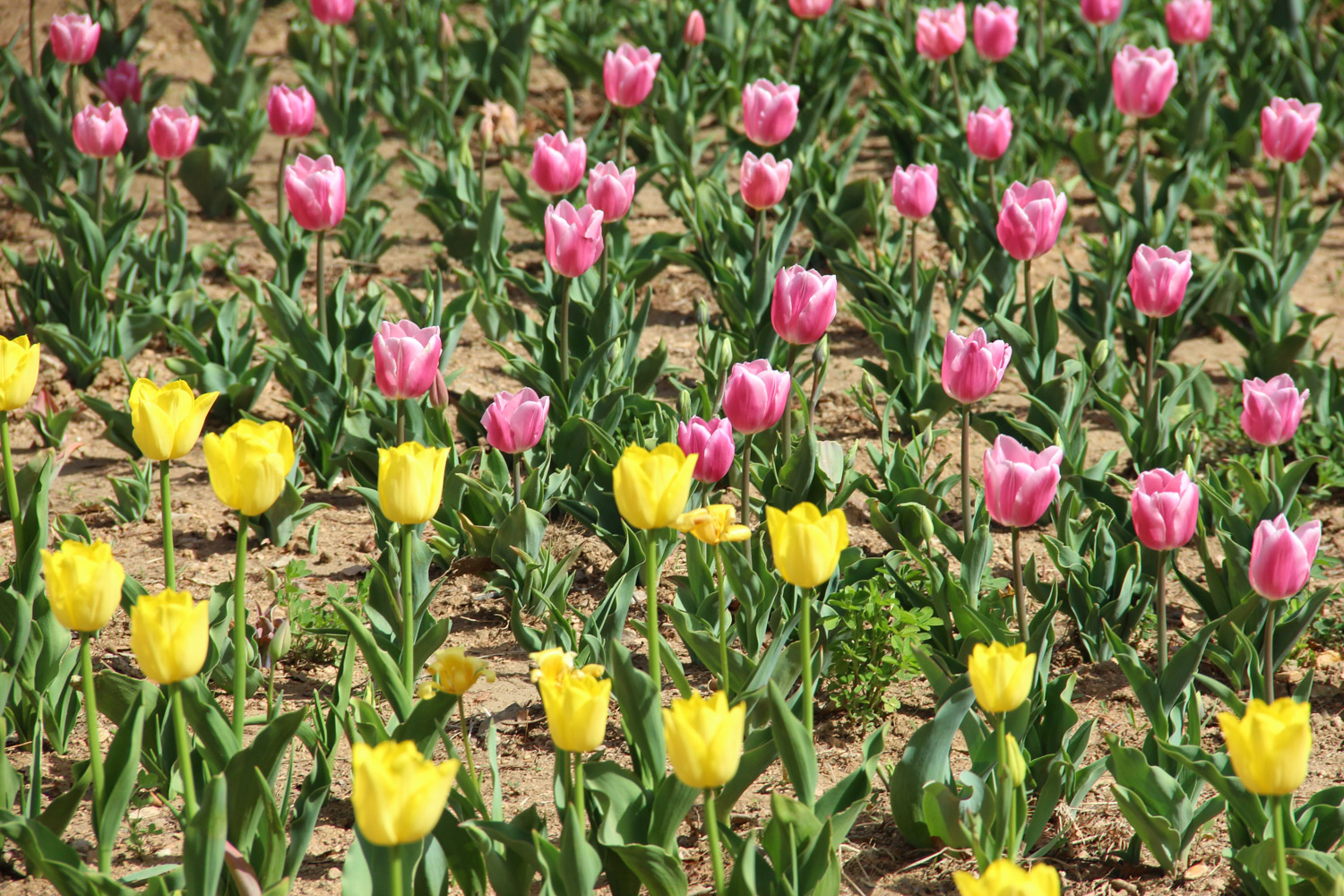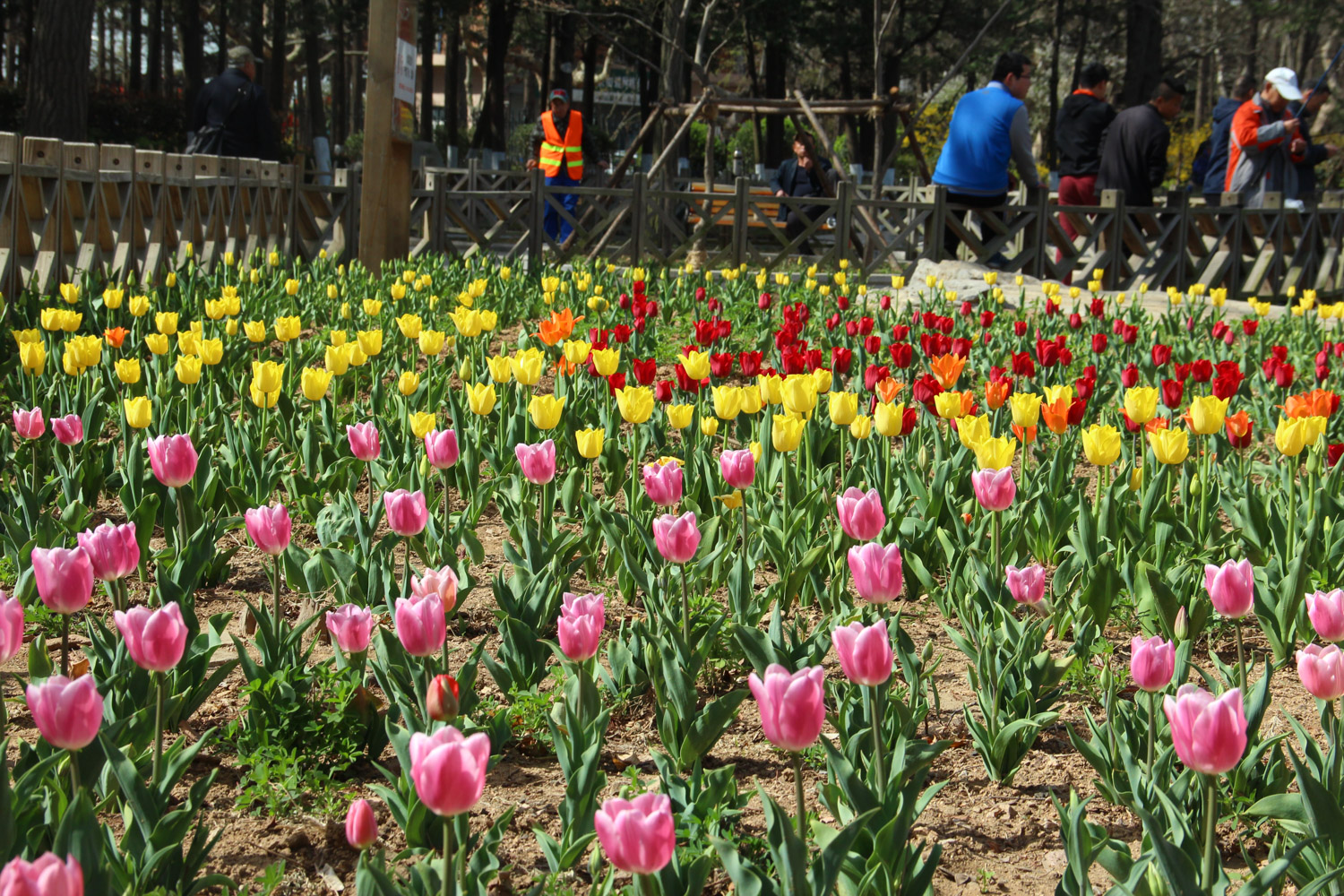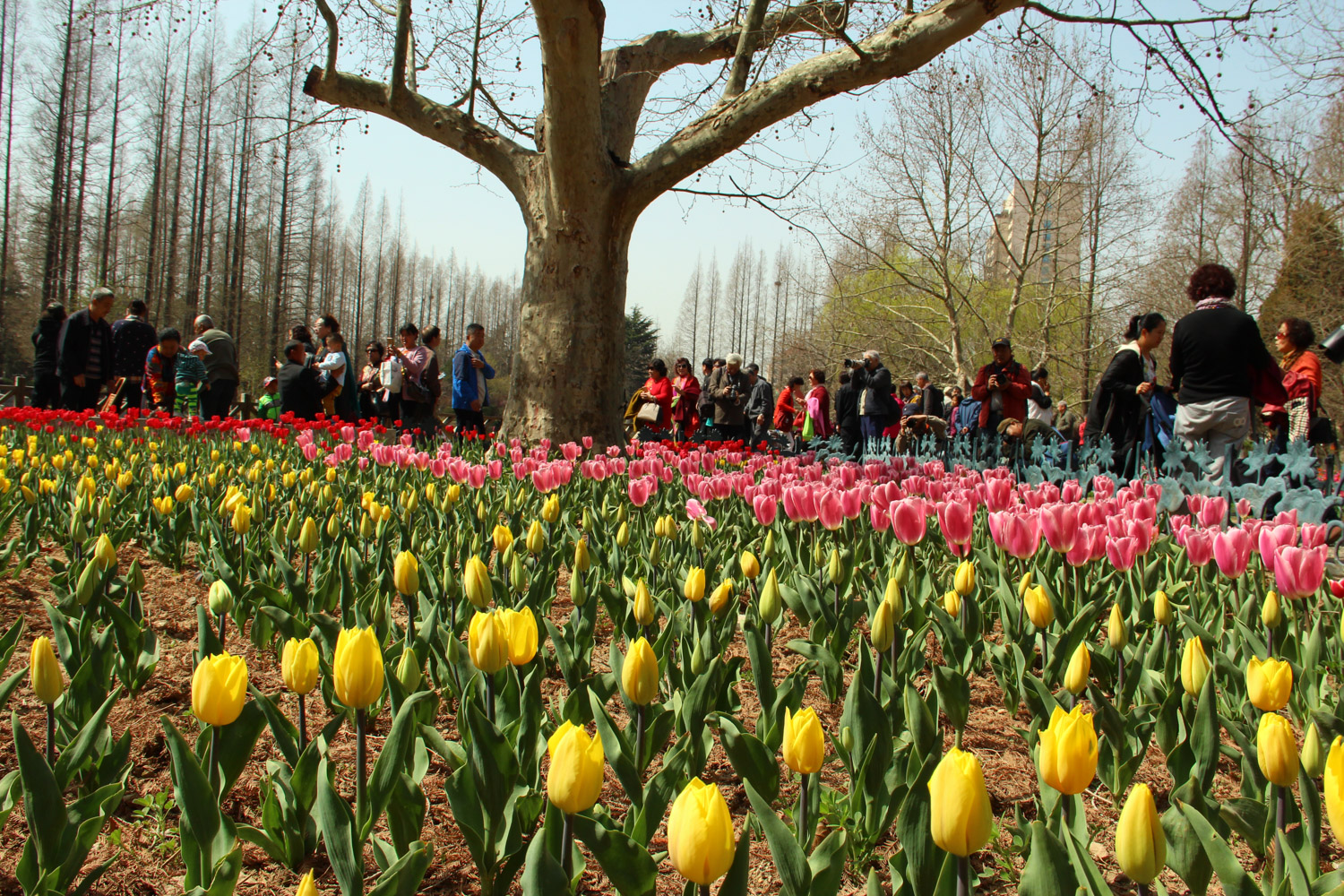1、 Prepare container
First of all, a container should be prepared for hydroponic tulip. Because it is a bulbous plant, the planting ball cannot be completely soaked in water. Therefore, the container must be thin in the middle and thick at both ends, so that the planting ball can be stuck in the middle and the root can stretch below to absorb water. Generally, it can be made of mineral water bottles. Cut off the upper part and put it upside down into the bottle, so that the bulb can be put in

2、 Seed ball disinfection
In order to ensure the healthy growth of tulips, it is necessary to disinfect them before hydroponics. Peel off the bulb skin and soak it in chlorothalonil or potassium permanganate solution. The concentration of the solution should be strictly controlled. Chlorothalonil generally needs 600 times of solution, while potassium permanganate solution should be diluted to pink. Soak for 20 seconds and then take it out without soaking for too long

3、 Water culture
Put the seed ball of tulip on the container, observe and record the position of bulb disc. Inject clean water to ensure that the water level is consistent with the height of bulb disc. If the water is not enough, the bulb cannot absorb water. If it is too high, it will soak the bulb and cause it to rot

4、 Temperature controlled rooting
In order to promote the rooting of tulips, temperature and humidity should be controlled before water culture. Put the seed ball in the environment of 5 ℃ to root. Generally, the root system will grow after 7-10 days. After that, it can be cured normally. The temperature is between 15-18 ℃. At the same time, sufficient light should be ensured to avoid making it grow in vain

5、 Regular water change
After the plant takes root, the water level needs to be adjusted in time, so that two-thirds of the root can be soaked in water, and the rest should be exposed to the air to help the plant breathe. Change the water every 3-5 days and replenish some nutrient solution rich in phosphorus and potassium regularly, which can also promote its flowering

 how many times do yo...
how many times do yo... how many planted tre...
how many planted tre... how many pine trees ...
how many pine trees ... how many pecan trees...
how many pecan trees... how many plants comp...
how many plants comp... how many plants can ...
how many plants can ... how many plants and ...
how many plants and ... how many pepper plan...
how many pepper plan...



























